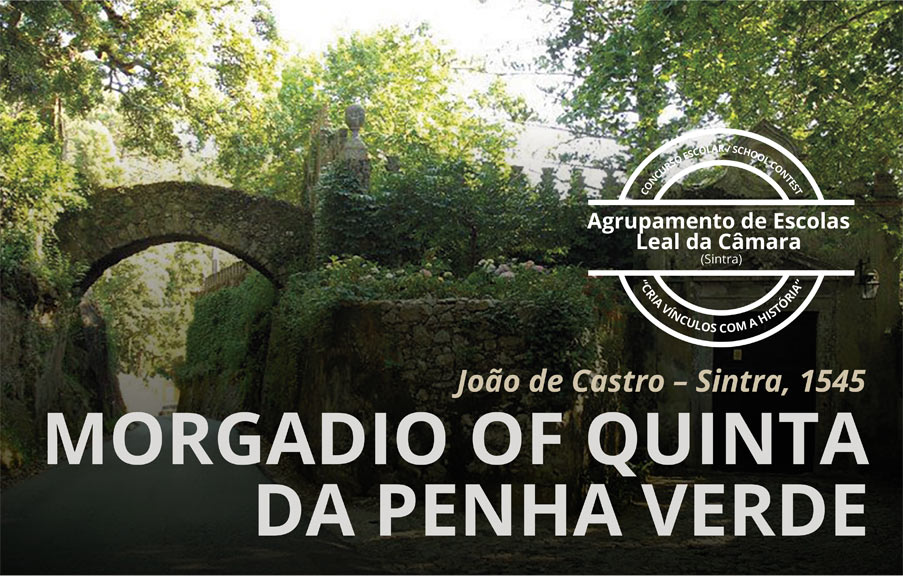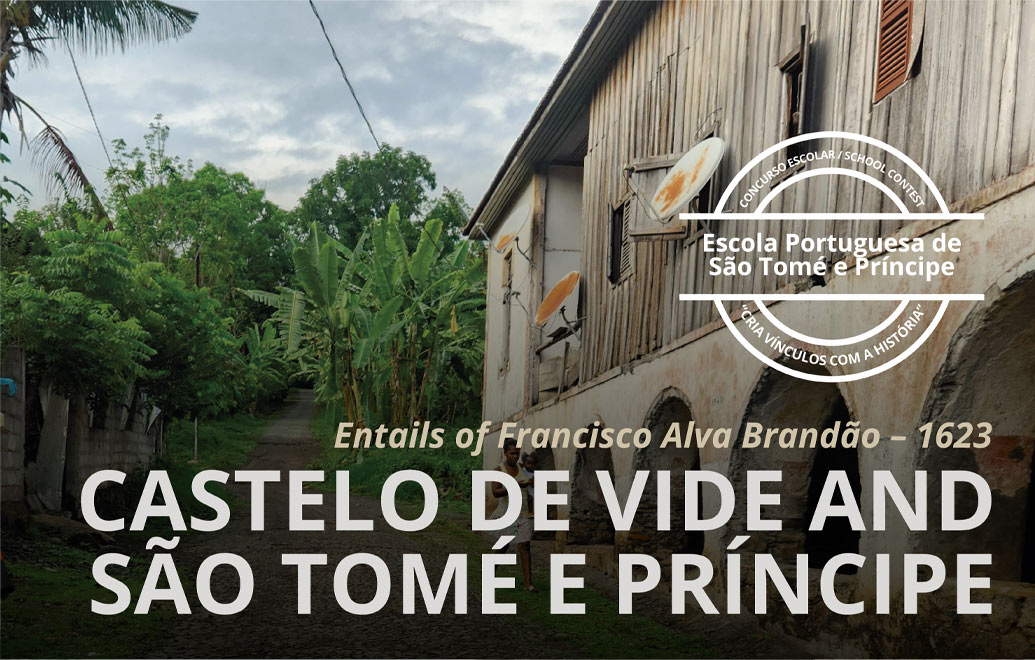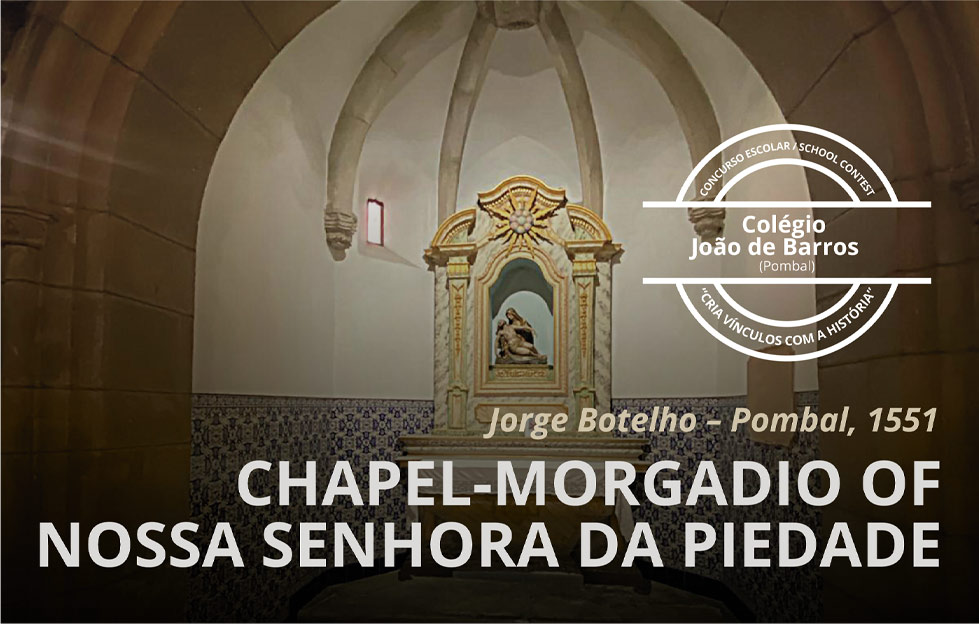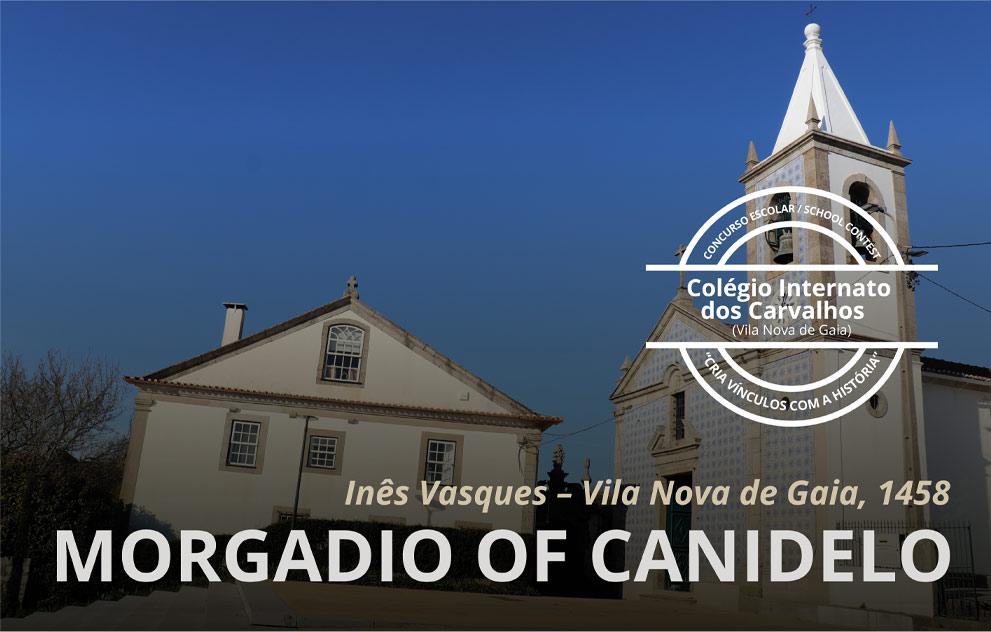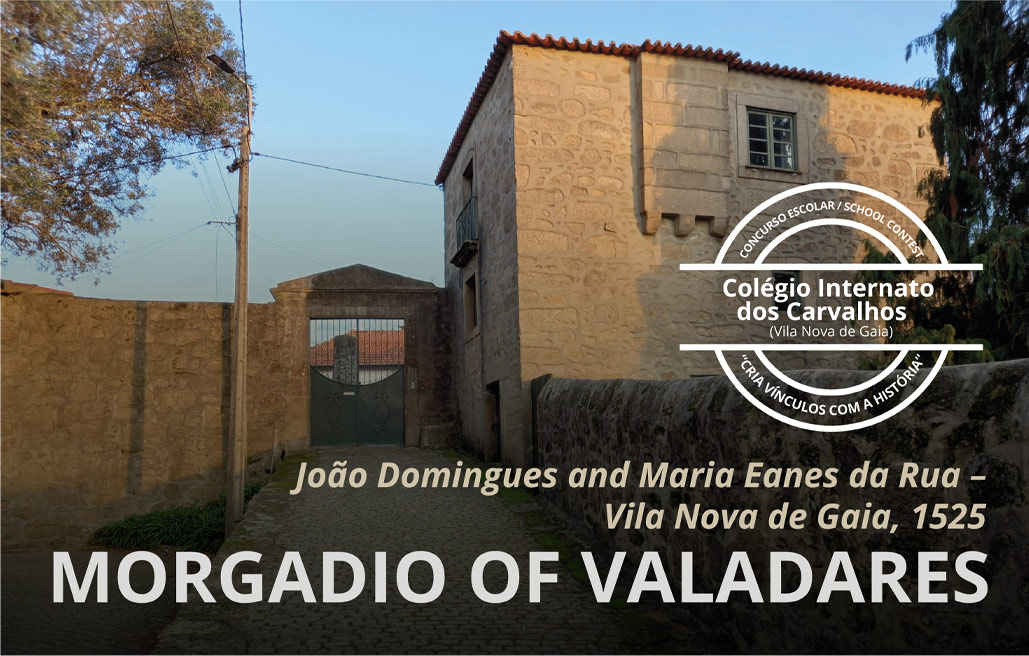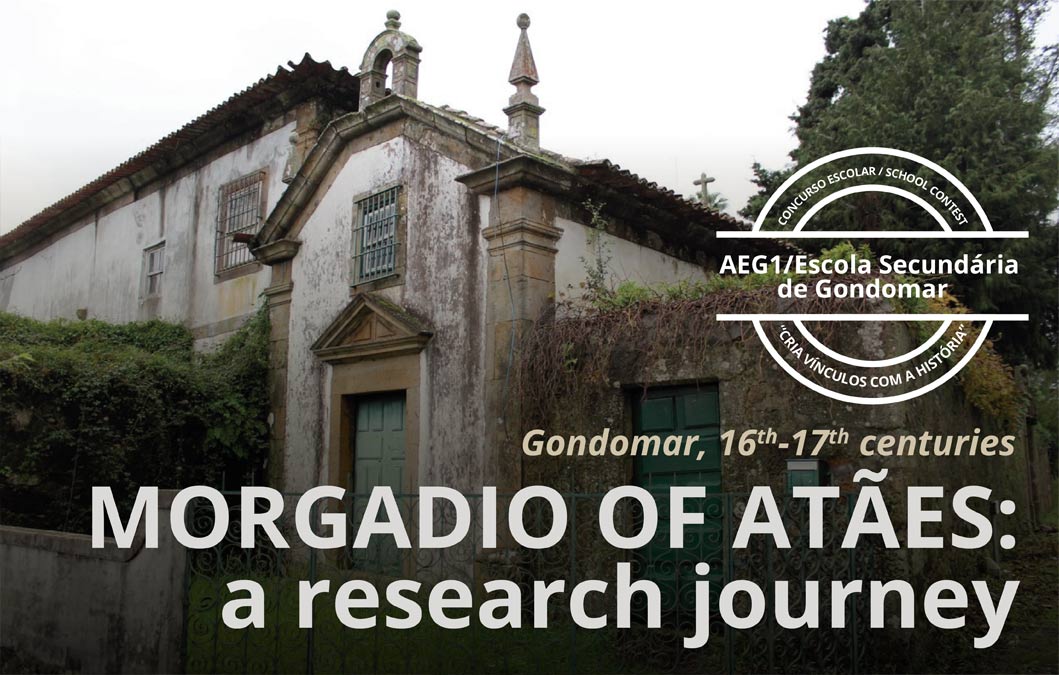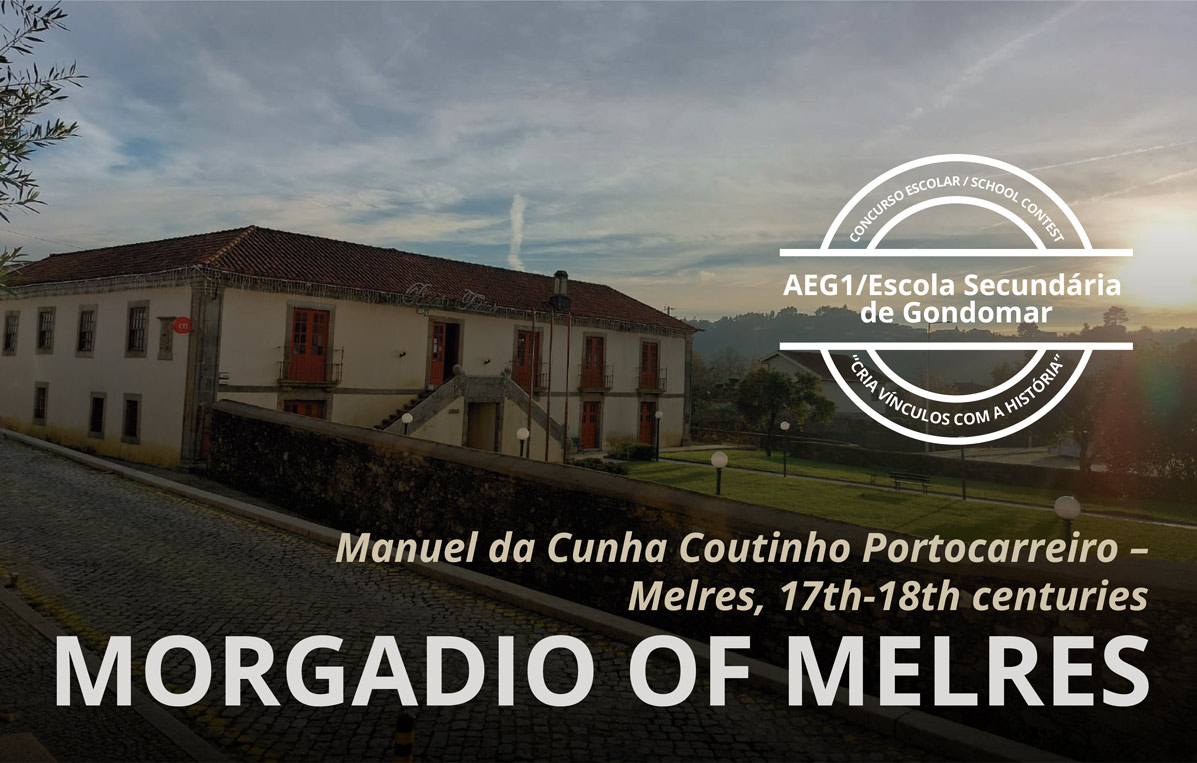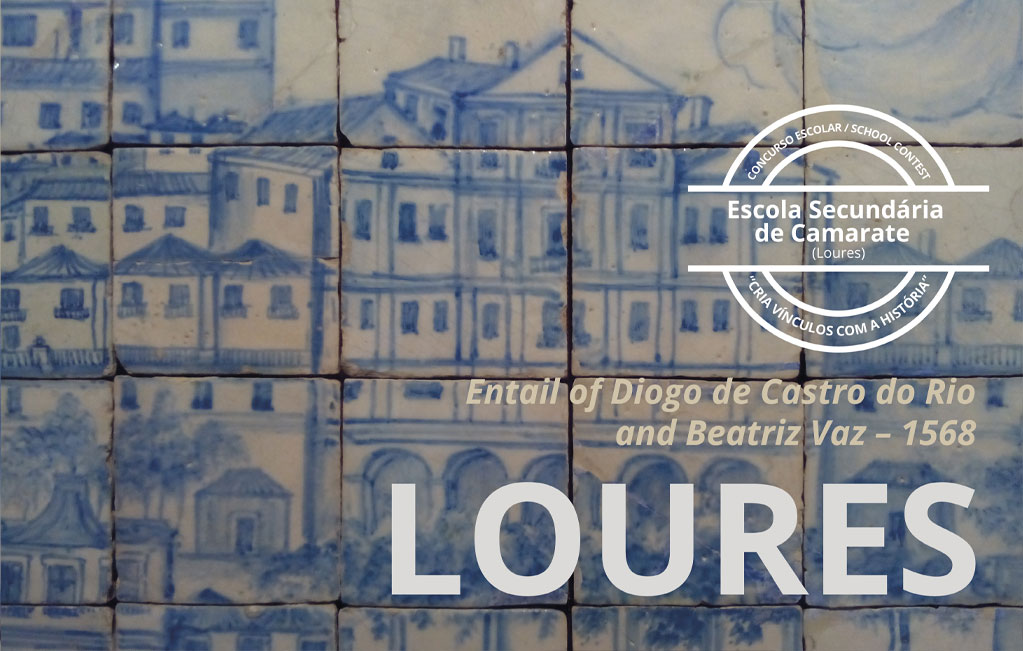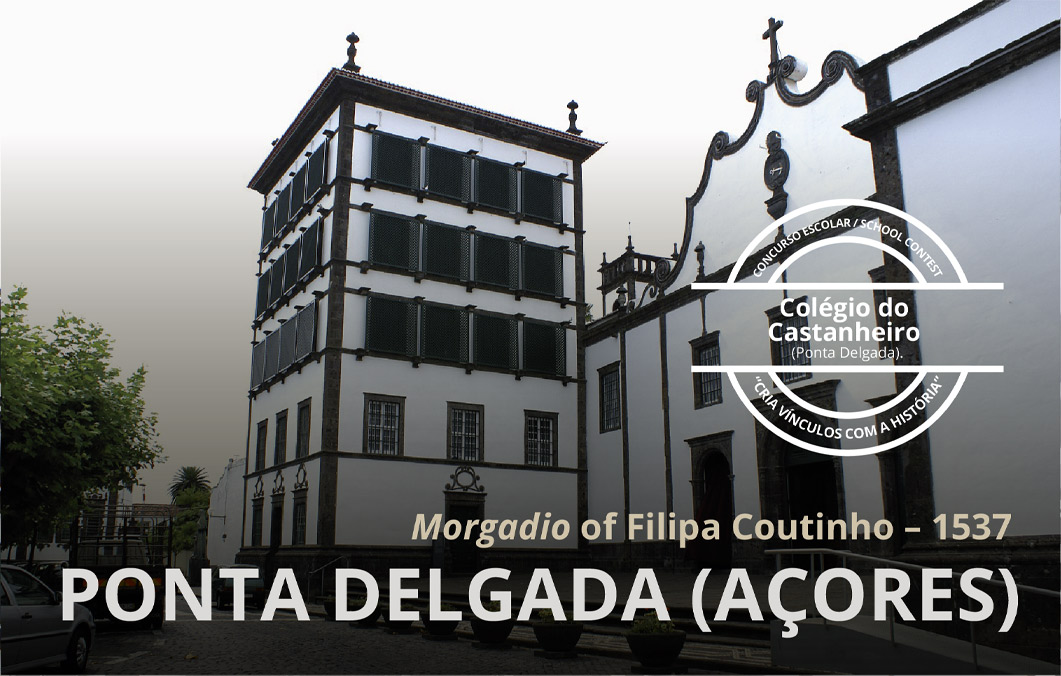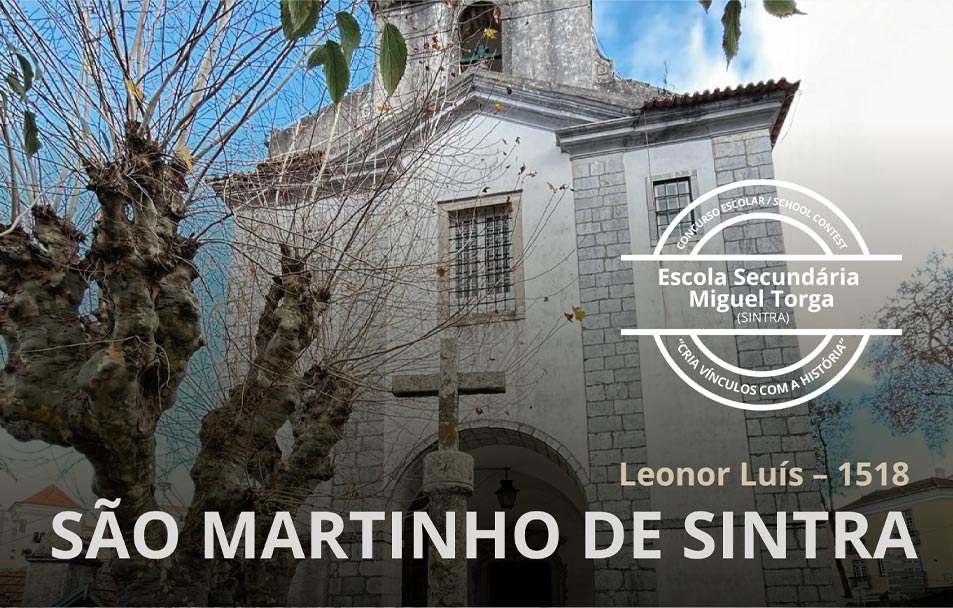Entail of the month (July, 2023)
Morgadio of Hespanhol
João Lopes Perestrelo, Torres Vedras, 1587
It was “on the last day” of June 1587 that João Lopes Perestrelo (II) instituted the morgadio of Hespanhol, drawing up his will, “being healthy and well disposed, with all his wits about him”, at his farmstead of the same name, in the town of Torres Vedras (ANTT, Desembargo do Paço, Corte, Extremadura e Ilhas, mç. 1481, doc. 9, fls. 44v-59v; transcribed in ALESSANDRINI, 2012: 107-112).
João Lopes Perestrelo (I) in Vasco da Gama’s second armada to India in 1502 (Memória das Armadas, Macau, Instituto Cultural de Macau, 1995; facsimile of the manuscript of the Lisbon Academy of Sciences).
The Perestrelos, from Piacenza, Italy, had arrived in Portugal around 1384-85 and since then had properties in the Torres Vedras region. Filippo Pallastrelli, the head of the family, was called “o espanhol” (the Spaniard) by the people, thus giving rise to the name of the farmstead. He was the father of Bartolomeu Perestrelo, captain donee of the island of Porto Santo, and of Richarte/Rafael Perestrelo, prior of Santa Marinha de Lisboa, who in 1423 legitimized two sons, João and Sebastião. The nobility books indicate that this João was the João Lopes Perestrelo (I) who commanded a ship in Vasco da Gama’s second armada in 1502, which we believe is unlikely as he was over 80 years old (ALESSANDRINI, 2012: 97-98).
Tomb of João Lopes Perestrelo (I) and his wife, in the church of São Pedro, in Torres Vedras.
João Lopes Perestrelo (I), born perhaps in 1459, had a land grant from King Afonso V in 1479, being mentioned as “my squire and towel servant” and, the following year, received a tença, confirmed by King João II and King Manuel (VASCONCELLOS, 1973, chap. X: 5). He took part in Vasco da Gama’s second armada and returned to the kingdom, dying on Terceira Island between 1504 and 1507. He is buried with his wife Filipa Lourenço in an armored ossuary that his children erected in the church of São Pedro de Torres Vedras (MATOS, 2006: 223-228).
Among his sons we highlight António and Bartolomeu Perestrelo. The latter was an overseer in Kochi, Sofala and Malacca. In 1514 he established the morgadio of Ermigeira, appointing his brother António Perestrelo as administrator, who was buried in a shallow grave, “close to his beloved parents”, in the same church of São Pedro (MATOS, 2006: 230). António had married Violante Nunes and fathered another Bartolomeu Perestrelo, who succeeded him in the said morgadio, and João Lopes Perestrelo (II), who established the above-mentioned entail on the Hespanhol estate.
Quinta do Hespanhol.
João Lopes Perestrelo (II) died “in Espanhol” on May 5, 1606 (ANTT, Registos Paroquiais, Torres Vedras, Carvoeira, Mistos 1, fl. 49v), having determined in his will of 1587 that it would remain “in Chapel, and Morgado forever (…) This farmstead of mine of Ribeira do Hespanhol with all its belongings and the vineyard, olive oil press”. The new morgadio also included the lands in the Cintra term, called Murteira, parish of Igreja Nova, which he had inherited from his brother Miguel Nunes, and the houses that João Lopes Perestrelo had in Lisbon, “above the cross of the Catta que farás”, in addition to any other estates he owned at the time of his death. The morgadio‘s chapel was in the Igreja dos Mártires in Lisbon, where they had a tomb and where the founder intended to be buried (ANTT, Desembargo do Paço, Corte, Extremadura e Ilhas, mç. 1481, doc. 9).
Unmarried, João Lopes Perestrelo (II) named as heir, “as if by legitimate marriage”, the only son he had, António Perestrelo, born of a relationship with Maria Ferreira and legitimized by King Sebastião on May 5, 1578 (ANTT, Desembargo do Paço, Corte, Extremadura e Ilhas, mç. 1481, doc. 9). The new morgadio would be inherited by his descendants of legitimate marriage or, failing that, by bastards, always preferring males to females. If António Perestrelo had no descendants, António de Melo, nephew of the founder and son of his sister D. Filipa, would succeed him.
António Perestrelo, 1st administrator, died on December 8, 1621 and had married D. Luísa de Vasconcelos (who died on September 17, 1648), daughter of Paulo Dias da Fonseca and D. Maria Henriques de Vasconcelos. Through this marriage, several morgadios fell to the following generations of the Perestrelos do Hespanhol: Torre das Areias (1541), in Ervedal, near Avis; Bispo (1577), Pancas (1661), and Robert, all in Alenquer (MATOS, 1998: 62).
João Perestrelo do Amaral Ribeiro de Vasconcelos Fernandes e Sousa (1769-1841), 8th administrator of the morgadio.
In 1810, the morgadio of Hespanhol earned 3,000$000, being the most profitable of the entails mentioned (the second was Torre das Areias, with 1,500$000). It was “one of the largest properties in the region of Torres Vedras”, consisting of “large vineyards, bread lands, many terças, olive oil and many fruits”, producing two hundred barrels of wine and fifteen moios of bread, which, reduced to average prices, yielded the said three contos de reis (ANTT, Desembargo do Paço, Corte, Extremadura e Ilhas, mç. 1475, doc. 10).
The morgadio of Hespanhol had regular succession, without disputes, until the entails were extinguished, and the farmstead still belongs to the Perestrelo family.
Lourenço Correia de Matos
Coordination: Maria de Lurdes Rosa and Rita Sampaio da Nóvoa
Sources and bibliography
ANTT, Desembargo do Paço, Corte, Extremadura e Ilhas, mç. 1475, doc. 10; mç. 1481, doc. 9
ANTT, Registos Paroquiais, Torres Vedras, Carvoeira, Mistos 1, 2
ALESSANDRINI, Nunziatella – “Os Perestrello: uma família de Piacenza no Império Português (século XVI)”, in ALESSANDRINO, N., RUSSO, M., SABATINI, G., VIOLA, A. (orgs), “Di buon affetto e commerzio” Relações luso-italianas na Idade Moderna. Lisboa: CHAM, 2012, pp. 81-112
VASCONCELLOS, Sebastião Perestrello – Pallastrelli e Perestrello. Quinta do Hespanhol, 1973 (texto policopiado)
MATOS, Lourenço Correia de – O Desembargador conselheiro Luís Coelho Ferreira do Vale e Faria. Notas biográficas e genealógicas. Lisboa: Universidade Moderna, 1998
MATOS, Lourenço Correia – “O túmulo de João Lopes Perestrelo em São Pedro de Torres Vedras. Notas de epigrafias, heráldica e genealogia. Tabardo, n.º 3, Centro Lusíada de Estudos Genealógicos e Heráldicos – Universidade Lusíada Editora, 2006, pp. 223-233.
Other entails of the month



